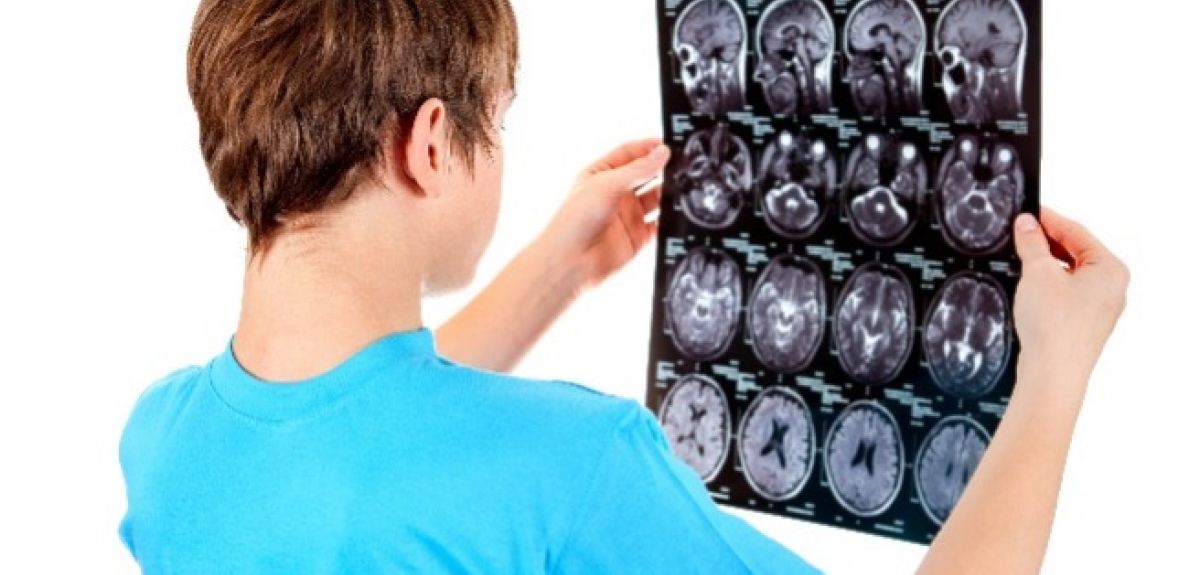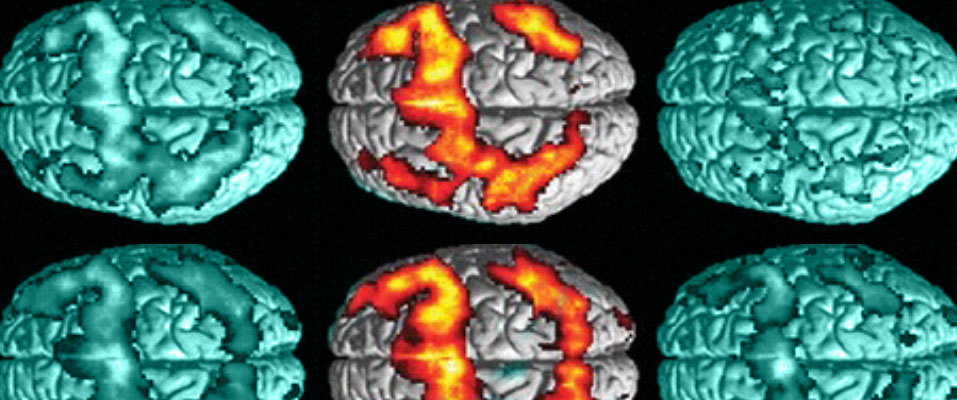In spite of two decades of research, relatively little is known on how to best diagnose, prevent and manage concussion and repetitive head impacts in sport. Furthermore, serious gaps that exist in published concussion research to date, not least in youth, women’s and grassroots sport. The Podium Institute is currently leading several multi-modal studies aimed at addressing the paucity of data directly relating exposure to head impacts during play to short-, medium- and long-term neuroimaging, neurological and psychological outcomes for individual athletes. The aim is to identify the key biophysical quantities that drive short- and long-term symptoms from head impacts, and to mechanistically unify the brain insult caused by frequent low-intensity & infrequent high-intensity impacts. Ultimately, the vision is to validate a ubiquitous Head Impact Dose (HIDe) metric for use by athletes, coaches & doctors that can serve to define sport-, player- and age/gender- specific dose bands for play, return-to-play and lifelong management of head impacts and neurological injuries.
Across all major UK sports, there is presently a paucity of data relating measures of forces, accelerations, contacts and vital signs acquired during exposure to injury, to clinically accepted neuroimaging and biochemical descriptors of the injury both shortly after it occurs and several months following recovery. A key focus of The Podium Institute is to address this gap in knowledge through the establishment of multi-modal studies across several major UK sports. These studies involve the characterisation of prospective cohorts of female, male and youth athletes across the community and professional sport at baseline, around the time of injury and with short-, medium- and long-term follow-up. Both wearables and computer vision techniques applied to video footage are extensively deployed to fully characterise the conditions surrounding potential injury, whilst an extensive in-hospital and mobile infrastructure is being put in place to enable both structural and functional imaging and neuroimaging with a few hours of suspected injury. Salivar, blood and other biomarkers are also being continuously collected to enable the identification and validation of potentially scalable biochemical and micro-RNA markers of injury. These multi-modal datasets are fed directly into personalised computational models of injury intended to help uncover its etiology, as well as to inform the development of a validated digital athlete model that can enable accelerated testing and validation of preventative strategies.

Over the past year, the Podium Institute has conducted an extensive, government-endorsed project to produce the first nationwide report quantifying the incidence and economic burden of sport-related concussion across the United Kingdom. The report is being delivered in conjunction with the Institute of Biomedical Engineering, the Nuffield Department of Clinical Neurosciences, the Health Economics Research Centre at the Nuffield Department of Population Health, the Bodleian Health Care Libraries (all at the University of Oxford) and the Oxford University Hospitals NHS Foundation Trust.
Due for completion in early 2024, with publication to follow in a leading peer-reviewed scientific journal, the key output of the study is the estimation of lower and upper bounds of the healthcare costs associated with sport-related head injury, by sport and for ages 11–15 and 16+, compared with the overall healthcare benefits arising from sport participation using previously reported studies. This is key to maintaining perspective on the substantial but addressable generational cost of concussion, relative to the far greater overall societal and healthcare benefits of sport participation.
The report will help to inform future government expenditure and policy on addressing sport-related head injury, and will also identify data gaps by sport, gender and age, as well as the potential impact of the findings on NHS services moving forward. The report focuses on the 14 sports that account for over 90% of concussion incidences in the UK and has involved considerable collaboration with their respective International Federations, National Federations, Chief Medical Officers and associated Medical Committees and Academic Research partners, in addition to extensive support from Sport England and Active Lives to extrapolate participation data for the UK.

